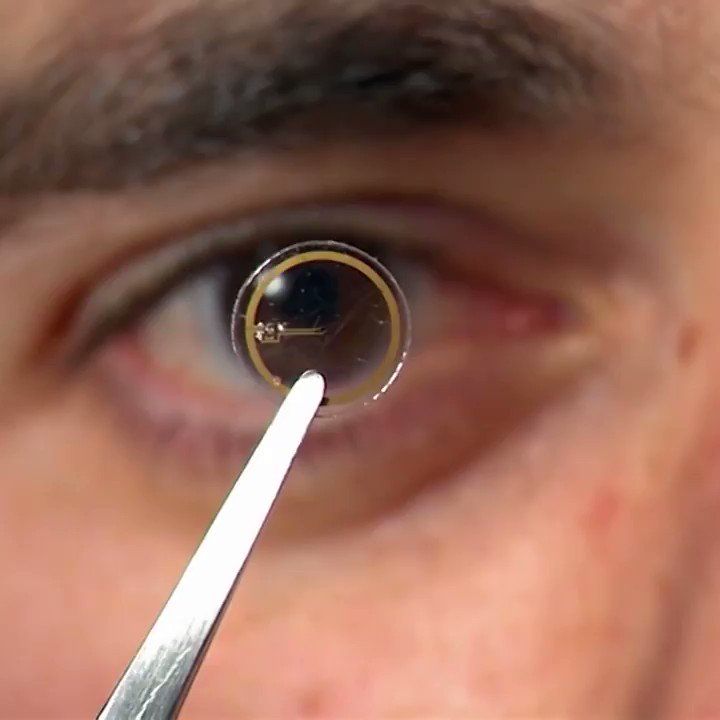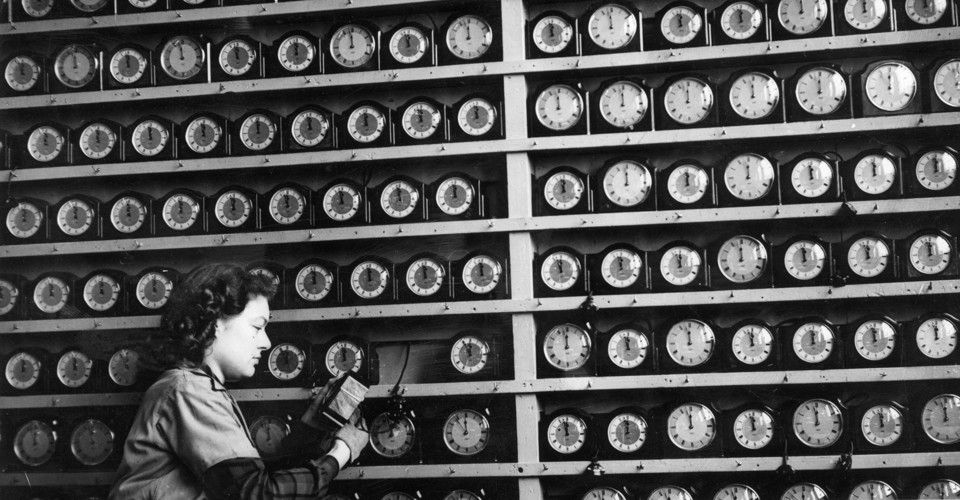Exponentials at play (and in future contact lenses): increasingly smaller, cheaper & more powerful computation, sensors & cameras will open a realm of possibilities… #xMed



Monitoring their sleeping patterns, researchers identified an increase in the duration and continuity of REM sleep and specific brain oscillations characteristic of REM sleep, whereas ‘deep’ sleep, or non-REM sleep, did not change. The changes in REM sleep were very tightly linked to deficiency in the regulation of the stress hormone corticosterone. Mild stress also caused changes in gene expression in the brain.
The first and most distinct consequence of daily mild stress is an increase in rapid-eye-movement (REM) sleep, a new study in the journal PNAS reports. The research also demonstrated that this increase is associated with genes involved in cell death and survival.
REM sleep, also known as paradoxical sleep, is the sleep state during which we have most of our dreams and is involved in the regulation of emotions and memory consolidation. REM sleep disturbances are common in mood disorders, such as depression. However, little was known about how sleep changes are linked to molecular changes in the brain.
During this 9-week study, conducted by researchers from the Surrey Sleep Research Centre at the University of Surrey in collaboration with Eli Lilly, mice were intermittently exposed to a variety of mild stressors, such as the odour of a predator. Mice exposed to mild stressors developed signs of depression; they were less engaged in self-care activities; were less likely to participate in pleasurable activities such as eating appetising food, and became less social and interested in mice they hadn’t encountered before.


#OpenAccess #FullArticle The results of a new clinical trial have shown the safety and efficacy of the interoperable Artificial Pancreas System smartphone app (iAPS), which can interface wirelessly with leading continuous glucose monitors (CGM), insulin pump devices, and decision-making algorithms. The clinical trial and the app, which runs on an unlocked smartphone, are described in an article published in Diabetes Technology & Therapeutics (DTT), a peer-reviewed journal from Mary Ann Liebert, Inc., publishers.
Diabetes Technology & TherapeuticsVol. 21, No. 1Original ArticlesFree AccessSunil Deshpande,…

Hints of ghostly galaxies and ancient cataclysms in data from the Gaia spacecraft offer fresh insights into dark matter.

The texture of an artist’s original work can now be reproduced with AI-controlled 3D printing.

Much as a ripple in a pond reveals a thrown stone, the existence of the mysterious stuff known as dark matter is inferred via its wider cosmic influence. Astronomers cannot see it directly, but its gravity sculpts the birth, shape and movement of galaxies. This makes a discovery from last year all the more unexpected: a weirdly diffuse galaxy that seemed to harbor no dark matter at all.


Almost everything you hear about artificial intelligence today is thanks to deep learning. This category of algorithms works by using statistics to find patterns in data, and it has proved immensely powerful in mimicking human skills such as our ability to see and hear. To a very narrow extent, it can even emulate our ability to reason. These capabilities power Google’s search, Facebook’s news feed, and Netflix’s recommendation engine—and are transforming industries like health care and education.
Our study of 25 years of artificial-intelligence research suggests the era of deep learning is coming to an end.